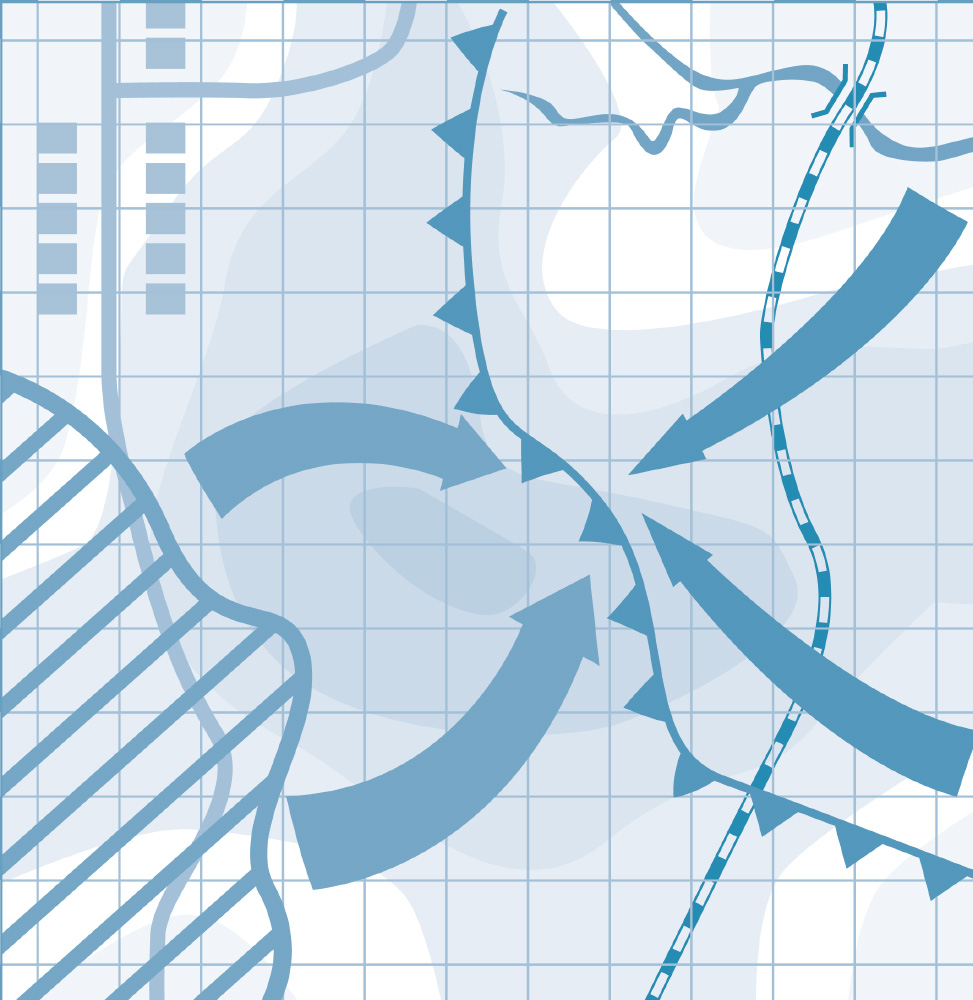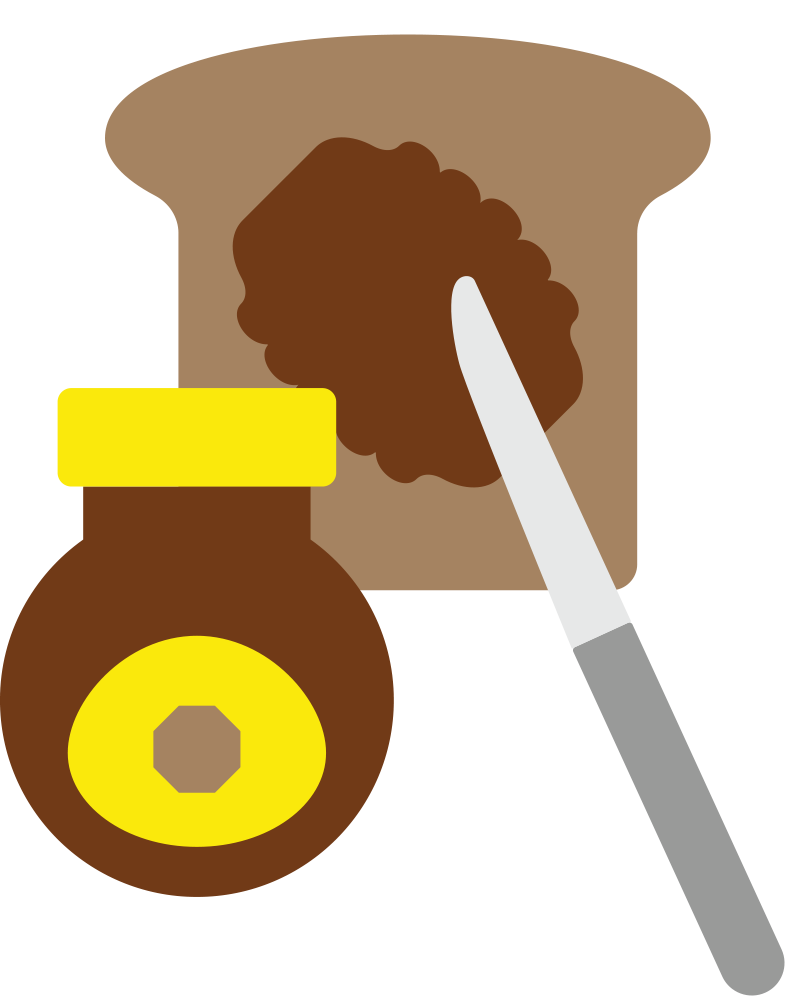War and Peace
newyorker.com/magazine/2019/01/21/the-art-of-decision-making

This article is a nuanced discussion on the when, why, and how behind a given Strategy. It takes into account both the human nature and real-life conditions that often affect Strategy, and talks about various versions of Decision Theory. If you’ve ever looked back and wondered, “What was I thinking?” this may help you find answers.
In “War and Peace,” Tolstoy writes that, while an armchair general may imagine himself “analyzing some campaign on a map” and then issuing orders, a real general never finds himself at “the beginning of some event;” instead, he is perpetually situated in the middle of a series of events, each a link in an endless chain of causation. “Can it be that I allowed Napoleon to get as far as Moscow?” Tolstoy’s General Kutuzov wonders. “When was it decided? Was it yesterday, when I sent Platov the order to retreat, or was it the evening before, when I dozed off and told Bennigsen to give the orders? Or still earlier?”
For Tolstoy, the tendency of big decisions to make themselves was one of the great mysteries of existence. Ideally, we’d be omniscient and clear headed. In reality, we make decisions in imperfect conditions that prevent us from thinking things through. Choices are constrained by earlier choices; facts go undiscovered, ignored, or misunderstood; decision-makers are compromised by groupthink and by their own fallible minds. The most complex decisions harbor “conflicting objectives” and “undiscovered options,” requiring us to predict future possibilities that can be grasped, confusingly, only at “varied levels of uncertainty.”
One of the paradoxes of life is that our big decisions are often less calculated than our small ones are. We agonize over what to stream on Netflix, then let TV shows persuade us to move to New York; buying a new laptop may involve weeks of Internet research, but the deliberations behind choosing a college could consist of a few biased recommendations from friends. We’re hardly more advanced than the ancient Persians, who, Herodotus says, made big decisions by discussing them twice: once while drunk, once while sober.
For centuries, philosophers have tried to understand how we make decisions and, by extension, what makes any given decision sound or unsound, rational or irrational. “Decision theory,” the destination on which they’ve converged, has tended to hold that sound decisions flow from values. Faced with a choice—should we major in economics or in art history?—we first ask ourselves what we value, then seek to maximize that value.
From this perspective, a decision is essentially a value-maximizing equation. If you’re going out and can’t decide whether to take an umbrella, you could come to a decision by following a formula that assigns weights to the probability of rain, the pleasure you’ll feel in strolling unencumbered, and the displeasure you’ll feel if you get wet. Most decisions are more complex than this, but the promise of decision theory is that there’s a formula for everything, from launching a raid in Abbottabad to digging an oil well in the North Sea. Plug in your values, and the right choice pops out.
In recent decades, some philosophers have grown dissatisfied with decision theory. They point out that it becomes less useful when we’re unsure what we care about, or when we anticipate that what we care about might shift. It is doubtful that such transformative choices could be evaluated as sound or unsound, rational or irrational.

The philosopher David Lewis proposed what might be called the Vegemite Principle: if you’ve never tasted Vegemite, a mysterious and beloved Australian “food spread” made from brewer’s yeast, then neither a description of what it’s like (black, gooey, vegetal) nor experience with other spreads (peanut butter, marmalade, Nutella) will suffice to tell you whether you’d like it.
There’s something thrilling about this quandary. Why should today’s experiences determine tomorrow’s? In philosopher L.A. Paul’s 2014 book, Transformative Experience, she suggests that living “authentically” requires occasionally leaving your old self behind “to create and discover a new self.”
Agnes Callard, a philosopher at the University of Chicago, is skeptical about the idea of sudden transformation. In place of a moment of decision, Callard sees a more gradual process: “Old Person aspires to become New Person.”

Callard distinguishes between aspiration and ambition. Some of the people taking the music-appreciation class are ambitious; they enrolled not because they aspire to love classical music but because the class is an easy A. From the first day, they know what they value: their grades. (“Turning ambition into aspiration is one of the job descriptions of any teacher,” Callard notes.) The ambitious students find it easy to explain why they’re taking the class. But the aspirants must grow comfortable with a certain quantity of awkward pretense. If someone were to ask you why you enrolled, you would be overreaching if you said that you were moved by the profound beauty of classical music. The truth, which is harder to communicate, is that you have some vague sense of its value, which you hope that some future version of yourself might properly grasp.
When we’re aspiring, inarticulateness isn’t a sign of unreasonableness or incapacity. In fact, the opposite may be true. “Everyone goes to college ‘to become educated,’ ” Callard observes, “but until I am educated I do not really know what an education is or why it is important.” If we couldn’t aspire to changes that we struggle to describe, we’d be trapped within the ideas that we already have. Our inability to explain our reasons is a measure of how far we wish to travel. It’s only after an aspirant has reached her destination, Callard writes, that “she will say, ‘This was why.’”